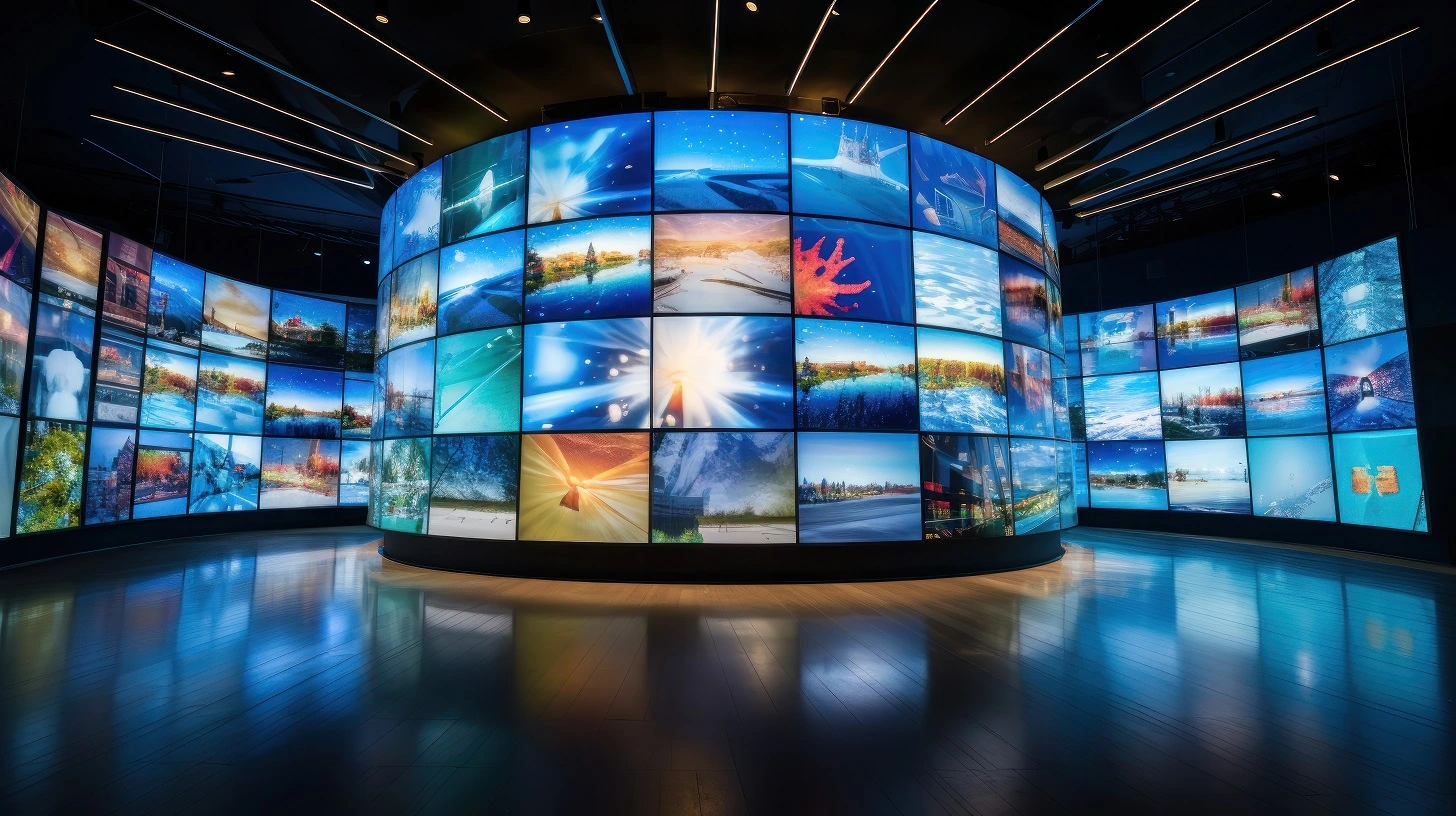Explaining Light Emitting Diode Wall Screen Brightness Measurements aiming at Ideal Visual Effectiveness
Explaining Light Emitting Diode Wall Screen Brightness Measurements aiming at Ideal Visual Effectiveness
Blog Article
LED wall screens have become increasingly favored across different environments, including homes and businesses and public areas. Such panels are known for the vivid as well as dynamic visuals, that render these suitable to conveying information, advertisements, as well as entertainment. Nevertheless, comprehending brightness illumination levels for Light Emitting Diode panel panels is essential for guaranteeing ideal display performance. Brightness is measured in metrics known as candelas, which indicate the amount of luminosity produced from a panel. The greater number of quantity in candelas, the brighter brighter a display is. For instance, instance, a panel with 1,000 nits is significantly more vivid compared to one with five hundred nits, rendering this one better equipped in well-lit environments.
When choosing a LED wall screen, one becomes crucial to consider which setting where that the screen will be placed. For brightly lit areas, such as shopping malls or outdoor settings, higher higher brightness rate becomes necessary to ensure clarity. On the other hand, within darker environments, such as theaters or conference rooms, a lower brightness level may be adequate. This is because excessive bright unnecessary luminosity in a dark environment can result in viewer discomfort for viewers, making it more difficult for concentrate with a screen. Therefore, comprehending specific particular requirements of the installation location can help with selecting a suitable illumination rate to ensure ideal visual experience.
A further crucial element for take into account is contrast contrast ratio of the Light Emitting Diode panel screen. The contrast ratio measures the disparity exists between the brightest most luminous light versus the black shade which the screen is able to create. An greater differential proportion indicates that the display can show more detail as well as richness, thereby improves overall image clarity. For example, one panel with an differential proportion at 10,000:1 will display images with more vivid hues as well as crisper details compared to one featuring a proportion at one thousand to one. Such is especially important in instances where showing visuals or videos which demand greater clarity and detail, including slideshows or promotional content.
Additionally, the technology mechanism that drives Light Emitting Diode wall screens plays an essential part in their brightness and overall efficiency. Various types of LED methods, including OLED and Liquid Crystal Display, possess distinct traits that affect how brightness is perceived. Organic Light Emitting Diode screens typically offer better differential and deeper shades, thereby can enhance a visual experience in darker settings. Conversely, standard LED panels may prove to be better in well-lit spaces due to the capacity to produce greater amounts of get redirected here brightness. Comprehending these technological variances will help users in deciding on knowledgeable decisions according to their specific requirements.
In conclusion, regular maintenance and calibration for LED wall screens can help preserve optimal brightness as well as efficacy over time. Dirt as well as dirt may build up on a screen, affecting the illumination as well as clarity of a display. Periodic washing and expert adjustment can guarantee the panel panel functions in its best, providing uniform image quality. Moreover, some sophisticated Light Emitting Diode wall screens come with integrated features which allow users for adjust illumination settings and hue settings based on individual wants. By implementing these browse around this web-site measures, operators can ensure the LED LED panel panels provide the best visual performance, no matter the setting where which they are placed.